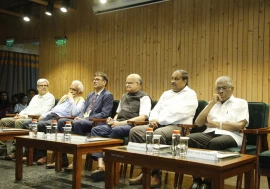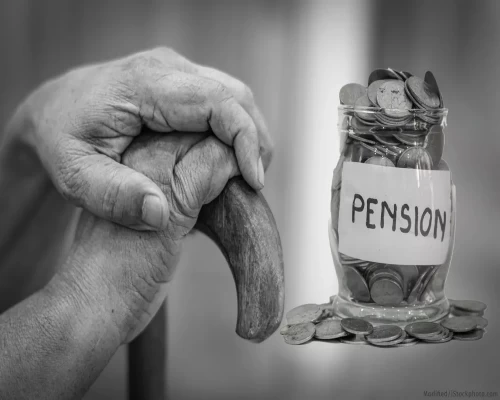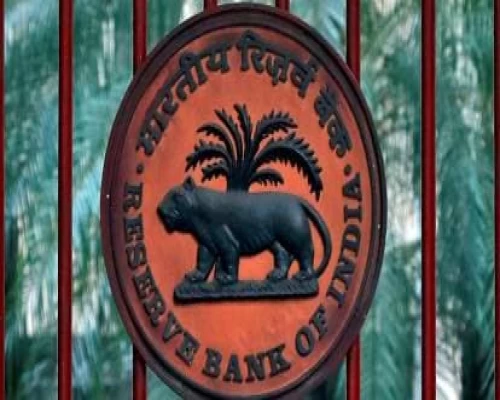
New Delhi: India is steadily positioning itself as a globally competitive player from aviation sector to an all-rounder. As of April 2024, India has ascended to become the world's third-largest domestic aviation market, trailing only the United States and China, complemented by 6.9% annual growth rate in domestic airline capacity over the past decade, the highest among major global markets.
The face-off between USA and China due to President Trump’s trade policies has led to a certain Domino effect in the aviation sector of India, potentially making Indian market more attractive and sets path for a bolstering aviation infrastructure.
China's has instructed its airlines to refrain from procuring Boeing aircraft in response to US President Donald Trump's 145% tariffs. The tensions presents a tactical opportunity for Indian airlines like Air India Express and Akasa Air to bolster their fleets. With Boeing aircraft originally meant for Chinese carriers—such as the B737 MAX and B787—Indian carriers are likely to benefit from this maneuver. Chinese airlines are currently awaiting delivery of around 100 Boeing 737 MAX jets — the same model ordered by Air India Express and Akasa — along with 11 Boeing 787 Dreamliners, which are also part of Air India’s purchase list.
The Indian aviation sector was projected to incur net losses of ₹20,000–30,000 crore in FY2025 and FY2026 due to high fuel costs, grounded aircraft, and engine supply disruptions. This turn of events can help alleviate current fleet shortages caused by global supply chain disruptions and engine supply issues, enabling Indian carriers to expand domestic and international operations more rapidly.
Aviation isn't just about planes — it's about mobility, economic opportunity, and national pride. With strategic investment, India's aviation sector is becoming a powerful engine driving its 21st-century development. As these airlines grow, the broader economic impacts are substantial—more aircraft mean more routes, job creation across aviation and tourism, and stronger trade logistics through enhanced cargo capacity. It also accelerates regional development by connecting Tier 2 and 3 cities and drives infrastructure investments in airports and maintenance facilities. In a crux, this development not only fills a gap left by Chinese demand but also positions India’s aviation sector as a strategic driver of national economic growth of India.
BI Bureau












